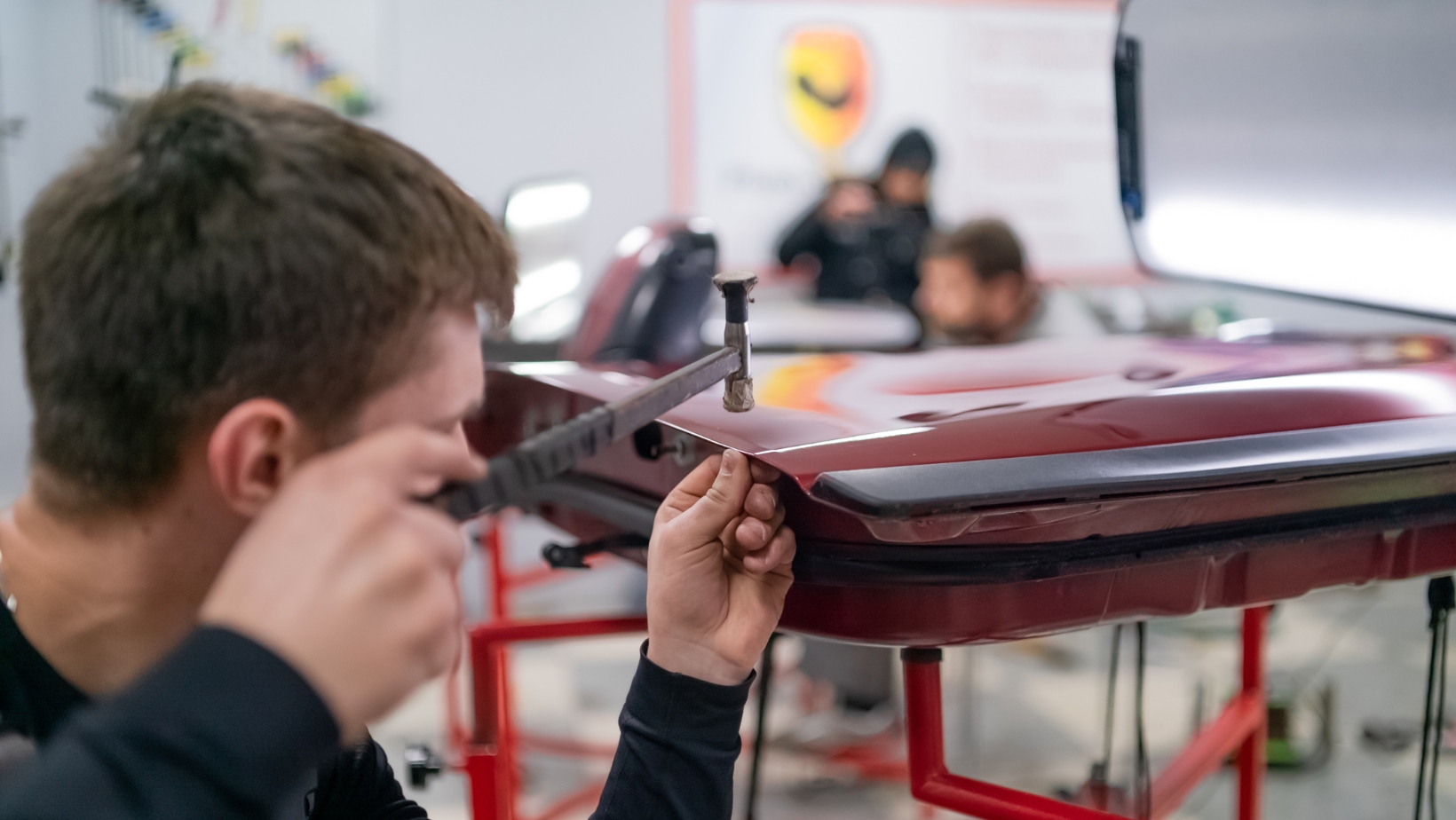If you’re in need of sheet metal for car repair, you’ve come to the right place. Sheet metal plays a crucial role in restoring and repairing vehicles, providing strength and durability to damaged areas. Whether you’re fixing dents, rusted panels, or structural components, having high-quality sheet metal is essential for achieving professional results.
When it comes to sourcing sheet metal for car repair, it’s important to choose the right material that matches the original specifications of your vehicle. Common options include steel, aluminum, and galvanized steel, each with its own advantages in terms of strength and corrosion resistance. Additionally, consider factors such as gauge thickness and finish to ensure a seamless integration with your car’s existing bodywork.
Sheet Metal for Car Repair
Choosing the Right Sheet Metal for Car Repair
Selecting the appropriate sheet metal for car repair is paramount to ensure optimal results. Different types of sheet metal are available, each with its own unique properties and applications. Here are a few factors to consider when making your selection:
- Material Compatibility: It’s crucial to choose sheet metal that is compatible with the original material used in your vehicle’s construction. This ensures a seamless integration and helps maintain its structural integrity.
- Thickness: The thickness of the sheet metal should be carefully considered based on the level of damage and desired durability. Thicker sheets offer enhanced strength but may require additional shaping or modification.
- Corrosion Resistance: Opting for corrosion-resistant sheet metal can help prolong your vehicle’s lifespan by protecting against rust formation—an essential consideration, especially for areas exposed to harsh weather conditions.
Common Uses of Sheet Metal in Car Repairs
Sheet metal finds numerous applications in car repairs due to its versatility and malleability. Some common uses include:
- Panel Replacement: Damaged or corroded panels such as fenders, doors, hoods, and quarter panels can be effectively replaced using suitable sheet metal.
- Structural Reinforcement: Sheet metal is often utilized to reinforce weakened or compromised structural components like frame rails or floor pans, ensuring safety and stability.
- Rust Repair: Rust can eat away at a vehicle’s body over time; utilizing sheet metal allows for precise patching or replacement of affected areas—restoring both aesthetics and functionality.
Choosing the right type of sheet metal based on compatibility, thickness, and corrosion resistance is essential for successful repairs.

Sheet Metal Techniques for Car Panel Replacement
When it comes to car repair, working with sheet metal is a common practice. Whether you’re fixing dents, rusted areas, or replacing an entire car panel, understanding the techniques involved can help ensure a successful outcome. In this section, I’ll walk you through some key sheet metal techniques for car panel replacement.
- Removing the Damaged Panel: To replace a car panel, you’ll first need to remove the damaged one. Start by disconnecting any electrical components and removing trim pieces around the area. Use appropriate tools like screwdrivers or wrenches to detach fasteners holding the panel in place. Take your time during this step to avoid causing additional damage.
- Preparing New Sheet Metal: Once you’ve successfully removed the damaged panel, it’s time to prepare your new sheet metal for installation. Begin by taking precise measurements of both length and width to ensure a proper fit. Using these measurements as a guide, cut out a piece of sheet metal that matches those dimensions using tin snips or other suitable cutting tools.
- Shaping and Forming: To match the contour of your vehicle’s body, shaping and forming are necessary steps when working with sheet metal for car panel replacement. Depending on your specific needs and skill level, there are various methods available such as hammering over wooden forms or using specialized shaping tools like English wheels or shrinker/stretchers.
- Welding or Bonding: Once you have shaped and formed your new sheet metal piece accordingly, it’s time to attach it securely to the car’s body. Welding is a common technique used for this purpose, especially when dealing with thicker gauges of sheet metal. However, bonding methods like adhesive bonding or riveting can also be effective alternatives, depending on the situation.
- Finishing Touches: After welding or bonding the new panel in place, it’s essential to give it a professional finish. This involves grinding down any welds and smoothing out the surface using sandpaper or a grinder, ensuring an even and seamless appearance. Applying primer and paint will not only enhance the aesthetics but also protect the sheet metal from corrosion.
By following these sheet metal techniques for car panel replacement, you’ll be well-equipped to tackle various repair tasks effectively and restore your vehicle’s exterior to its former glory. Remember to prioritize safety throughout the process and seek professional assistance if needed.








































